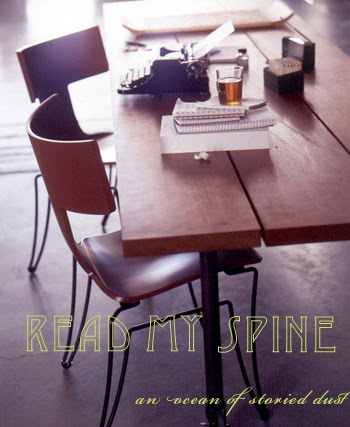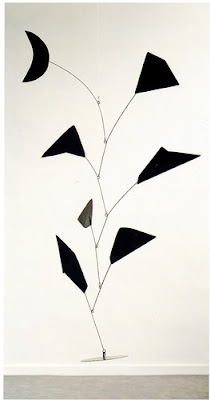A Summer of Tomatoes
Some people will remember the summer of 2009 as "the summer of death," referring to the great losses of MJ, Ted Kennedy, Merce Cunningham, Patrick Swayze, etc. etc. From my viewpoint I don't see the world restricted to these terms. Rather, I prefer a point of view much more simple, like the one from my kitchen, from which one can plainly see that this summer was a summer of tomatoes.
I offer you the following recipe as a way to continue the "summer of tomatoes" well into the fall. It combines an element of the unexpected in the appearance of the tart green tomatoes and one part functionality from the eggs. It can be served as dinner, lunch, or even breakfast with a simple salad of lettuce, arugula, and avocado.
The inspiration for the dish comes to me from lovely Florence, and the period of my life that is already gone. I was living in the heart of that medieval city, with a lady who owned an art gallery and her artist husband. Sometimes she would make me this simplest of dishes, replete with all the grace and poverty of Tuscan cuisine. To this day it comes to me in the dreams and almost impalpable visions from that time.
Frittata con i pomodori verdi alla Rosanna
Green Tomato Frittata a la Rosanna
serves 2
1 Green tomato, sliced into 1/2" thick rounds
6 eggs
1/2 cup Parmigiano-Reggiano
herbs de provence
3 tbsp. Good Olive Oil
salt + pepper
1. preheat oven to 425 degrees F.
2. Warm a medium skillet under medium-high heat, pouring in the olive oil. Let oil cook until smoking. Place the tomato slices in a circular "ring" around the edges of the skillet. Sautè until golden brown on both sides, about 7 minutes, flipping the tomatoes once during cooking time.
3. At the same time, whisk the eggs, parmesan, herbs de provence, and salt + pepper until light and airy. Combine egg mixture in skillet with the tomatoes. Let cook 3-4 minutes, making sure to spread the eggs evenly with a spatula.
4. Remove skillet from heat and place directly into the stove. Let harden and fluff up for approximately 6 minutes.
5. Remove skillet from oven. Flip the frittata upside-down onto a platter. Cut into wedges. Can be served immediately or eaten at room temperature.
recommended side dish: salad of baby greens, arugula, and avocado with lemon vinaigrette




 Berlin Colour Sphere, 2006. Boros Collection
Berlin Colour Sphere, 2006. Boros Collection













































